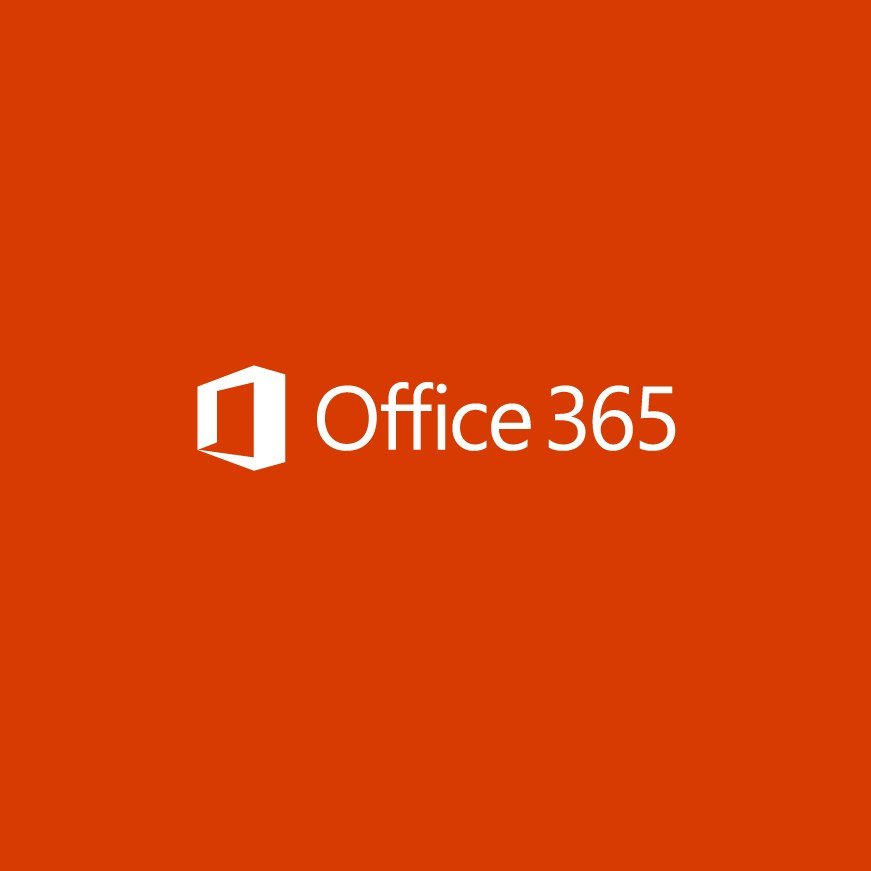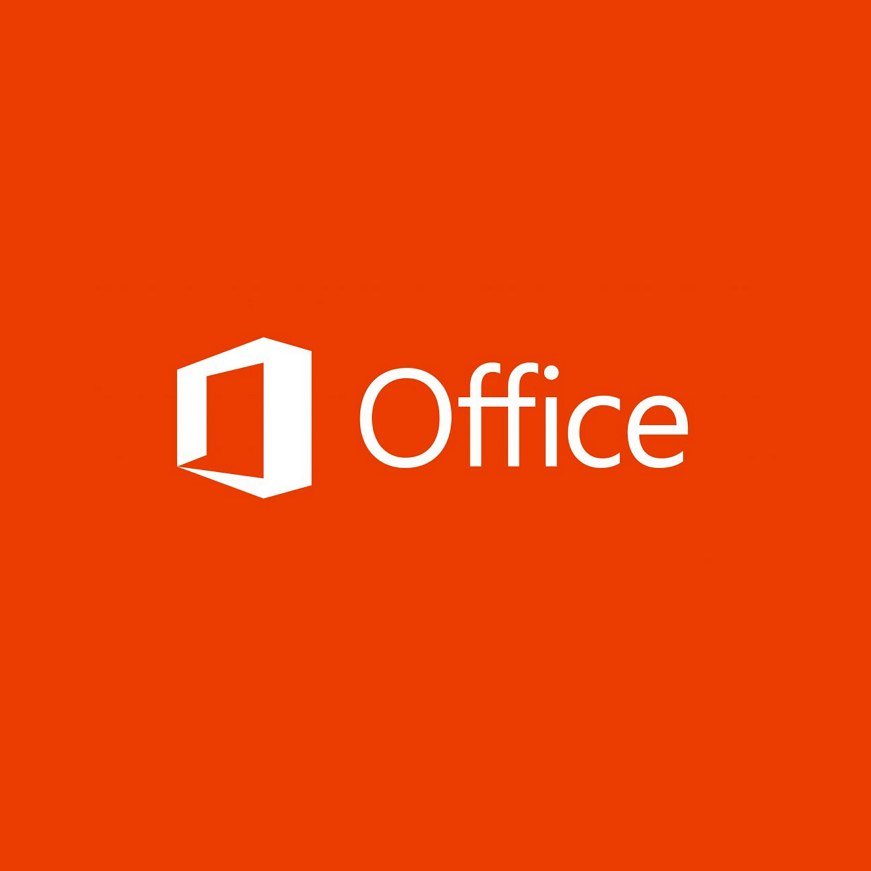The Microsoft Office apps have part of my work-life for a long time, and while I've tried switching to other apps, I found myself always coming back because of their features and easy to use environment. After spending thousands of hours writing, communicating, and collaborating with this solution, I know that choosing between Office 2019 and Office from Microsoft 365 isn't easy.
Office from Microsoft 365
Subscription-based
Pros
- All apps access
- Up to six people support subscription
- Free upgrades
- Customer support
- Windows 10, 8, 7, and macOS support
Cons
- Monthly or yearly payments
- Limited functionality if service issues
- New changes may be overwhelming
- Paying for unnecessary features
Microsoft 365 (formerly Office 365) is the best option for anyone who needs access to the full range of Office apps and other benefits on multiple devices. You can share a subscription with up to six people. Also, it's the only option that offers continuity of updates and upgrades with a low cost of ownership. However, there are monthly or yearly costs, and you may end up paying for features you won't use.
Office 2019
One-time purchase
Pros
- Popular apps access
- No monthly payments
- Security updates
- Traditional experience
- Windows 10 and macOS support
Cons
- One device per license
- Limited set of features
- Only on Windows 10 and macOS
- No upgrades
- No customer support
If you only need the basic features on one computer, Office 2019 is probably all you need, as it allows you to access the must-have apps, such as Word, Excel, PowerPoint, and Outlook, with all the necessary functionalities to create documents for school or work. However, paying upfront is pricey, you have to pay again for upgrades, and you don't get extra perks.
If you're new to Microsoft Office or are planning to upgrade, you probably noticed that now you have two options: Office 2019 and Office from Microsoft 365. If you're a little confused about which one to choose, you're not alone. Although both products give you access to the same apps with the latest core features, some significant differences come down to the cost of ownership and the list of enhancements.
Microsoft 365
Microsoft 365 is the new name of the subscription service that replaces Office 365. However, it offers the same benefits as the previous service, the same apps available with Office 2019, plus additional apps, features, and perks.
Using this option, you'll be paying a monthly or yearly subscription fee, giving you access to apps like Word, Excel, PowerPoint, Outlook, Publisher, Access, and others across your devices (PC, Mac, tablet, and phone), as long as only six devices are accessing the account at a time. Also, depending on your subscription plan, you can share the account with up to five additional people for a total of six people with one subscription.
Perhaps the best part about getting a subscription plan is that you never have to worry about new versions. When you're using Office from Microsoft 365, you'll always be running the most up-to-date version of the apps. This means regular security updates, improvements, and, more importantly, access to the latest features and tools as soon as they become available.
You also get cloud features (such as real-time collaboration and AI features) to help you be even more productive in school, the office, and across devices. As part of the bundle, everyone gets 1TB of OneDrive storage (up to 6TB in total when using the Family subscription), Skype minutes to make calls to landlines, and you can contact the support line with any questions or problems.
If you need even more storage, in addition to the already 1TB of cloud storage, members can also purchase up to an additional 1TB of OneDrive storage on 200GB increments for an extra $1.99 per month, doubling the total storage up to 2TB (1TB already included with the plan and 1TB additional subscription) in their account for $9.99. This option is available for Microsoft 365 "Personal" and "Family" members. However, if you're sharing the account using a "Family" subscription with other people, only the primary account holder can access the separate full terabyte.
Similar to Office 2019, you can install Microsoft 365 Office apps on your mobile devices, but unlike the perpetual version, you'll get access to the complete array of features.
Who should buy Microsoft 365
If you need access to the suite of apps, Microsoft 365 (Office 365) is perhaps your best choice, as it's the only option that ensures continuity of updates and upgrades at a low cost. Also, you get access to all the apps, which you can install on all your devices, including Windows 10, Windows 8.1, Windows 7, and macOS. In contrast, Office 2019 only allows you to use apps on a single PC running Windows 10.
If you need access to the suite of apps, Office 365 is perhaps your best choice.
The subscription service comes with different plans. If you'd be the only one using the apps and services, you can purchase the "Microsoft 365 Personal" (formerly "Office 365 Personal") plan for $70 a year, which gives you access to the suite of apps, alongside 1TB of OneDrive storage and Skype minutes.
However, if you're planning to share the account with family members or friends, you should select the "Microsoft 365 Family" (formerly "Office 365 Home") plan for $100 a year, which allows you to share the apps and benefits with up to six people. Plus, everyone gets their 1TB of OneDrive storage and Skype minutes.
Also, at no additional cost, you can access more services, such as Microsoft Teams (consumer), which allows you to connect and organize your life with family and friends using a single hub. Microsoft Family Safety to manage screen time, app and game usage, share location, monitor driving behavior for young drivers (coming soon), and more across family members. Other premium features include Microsoft Editor, PowerPoint Presenter Coach, and Money in Excel. (Some of these services are available for free, but with limited functionality, which can only be unlocked with a subscription.)
If you choose to jump into one of the plans, you should purchase the yearly subscription plan as you'll be spending more money paying the monthly fee.
Microsoft even has a free subscription plan for students and teachers using a valid school email address. Using this service, you'll get access to Word, Excel, OneNote, PowerPoint, Microsoft Teams, and other school tools for free.
Windows 7 has reached the end of support, but Microsoft will continue to offer security updates for Office apps until January 2023, but you won't receive new features. Once you upgrade to Windows 10, support will resume with regular security patches, new features, and improvements.
Office 2019
Office 2019 is the name that Microsoft uses for the standalone version of its popular suite of apps. It doesn't require a monthly subscription, meaning that you own the copy forever once you go through the one-time purchase.
Using this option (also known as the "perpetual" or "on-premises" version of Office), you can install the apps on one device, and you'll get security updates. However, you won't be able to upgrade to a newer version. This means that you can keep using the apps you've purchased for its life-cycle (usually five years) and beyond (without updates), but if you want to access the new features and tools, you'll need to pay the full price again.
Also, even though Office 2019 comes with apps like Word, Excel, PowerPoint, and Outlook with more improvements than the older version, it only ships with a subset of features and without many of the perks available with a Microsoft 365 subscription. For example, with the 2019 version, you won't find cloud and AI features, along with benefits, such as 1TB of OneDrive cloud storage and free monthly credits to make calls to landlines using Skype.
Who should buy Office 2019
Although anyone can purchase Office 2019, this version has been created for commercial customers with volume licenses in mind who are not yet ready to transition to a cloud-based version of Office and happen to have specific requirements to use the suite of apps on-premise.
Although anyone can purchase Office 2019, this version has been designed for certain commercial customers.
If you're a regular consumer, this is still (somewhat) a good option if you prefer a more traditional approach. If you plan to install the suite on a single computer, do not depend on new features, or are not ready to start using cloud-based applications, it's also a solid choice.
Also, while you're getting a license for one PC or Mac going with the one-time purchase option, you can install the Office apps on all your mobile devices, but you'll only get some basic features.
Office 2019 comes in two flavors, including "Office Home & Student 2019" and "Office Home & Business 2019," and they're typically priced at $150 and $250 per device, respectively. Office Home & Student 2019 comes with Word, Excel, and PowerPoint, while Office Home & Business 2019 includes Word, Excel, PowerPoint, and Outlook.
Also, consider that unlike previous perpetual versions, Office 2019 is only supported on devices running Windows 10 or the three most recent versions of macOS. If you must use the most up-to-date version of Office and still on Windows 8.1 or Windows 7, you have to purchase a Microsoft 365 subscription.
So, which should you buy?
Ultimately, the decision will depend on your requirements. However, if you'll be using the apps for a long time, purchasing a Microsoft 365 subscription is perhaps your best option, because you get full access to all the apps and perks with low cost of ownership.
Microsoft 365
Subscription-based
Get more and stay productive with the latest features
Microsoft 365 gives you full access to all the Office apps and benefits, such as 1TB of OneDrive and Skype minutes. You can also install Word, Excel, PowerPoint, Outlook, and other apps on up to six devices, and depending on the subscription, you can share the account with up to six people.
Office 2019
One-time purchase
Pay once and use it forever.
Office 2019 comes with all the popular apps, including Word, Excel, PowerPoint, and Outlook, with enough features to get the work done.











0 comments:
Post a Comment